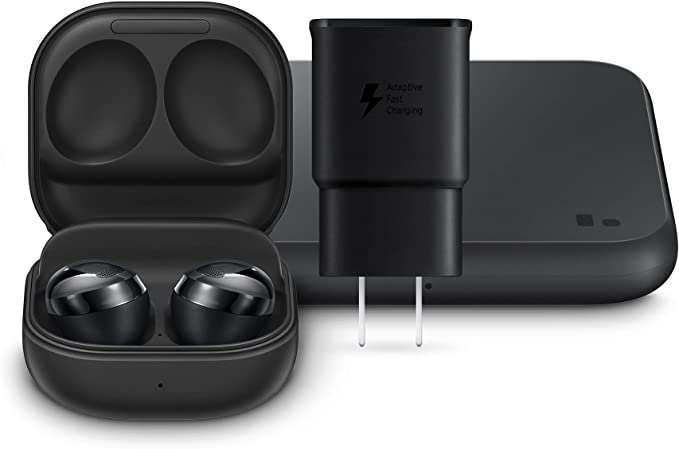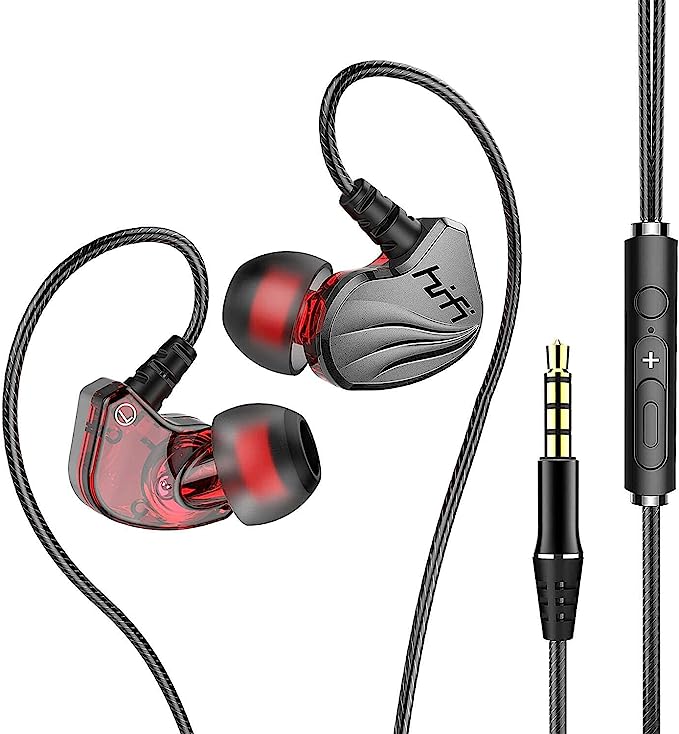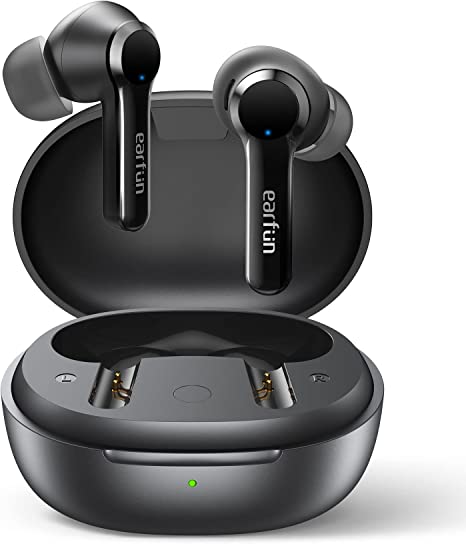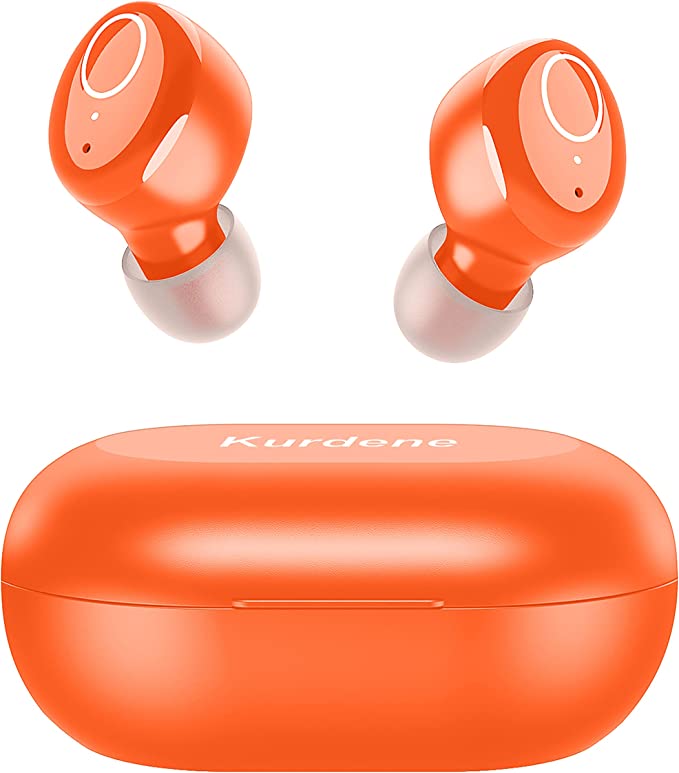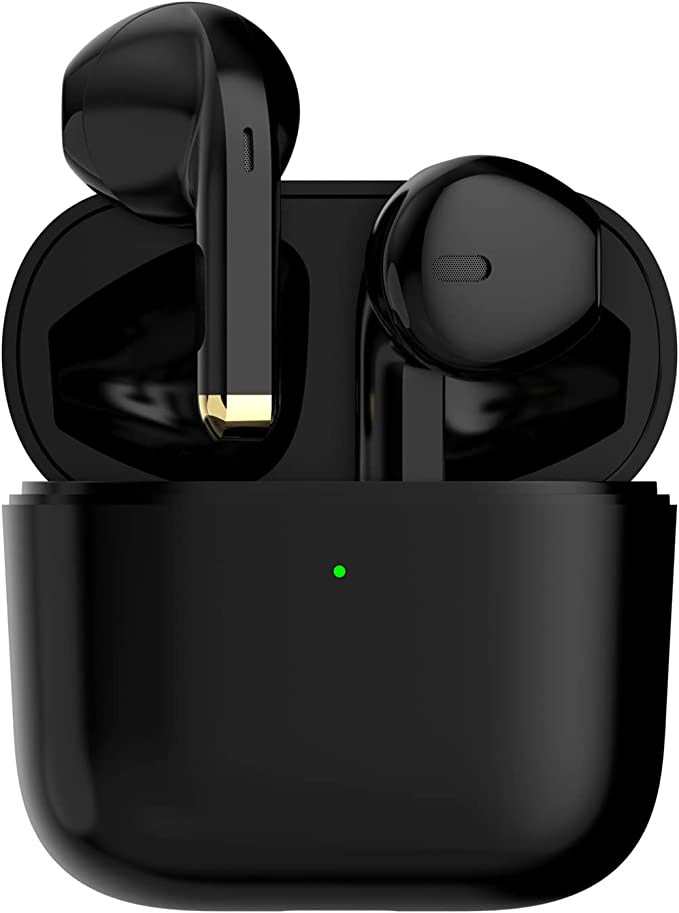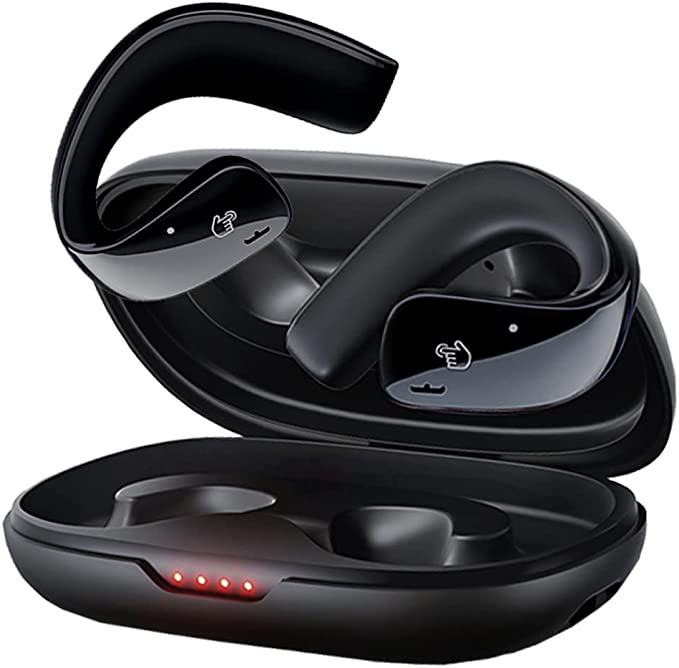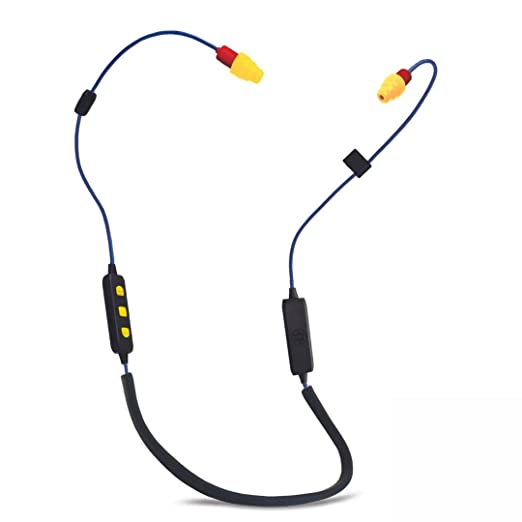GRADO GT220 True Wireless Earbuds: A Premium Listening Experience
Update on June 24, 2025, 1:25 p.m.
For audiophiles of a certain vintage, the name Grado conjures images of hand-assembled, open-back headphones, often with a retro utilitarian charm, emanating a distinctively airy, detailed, and immediate sound from a workshop in Brooklyn. This is a brand steeped in a tradition of prioritizing pure audio fidelity, often eschewing fleeting trends. So, when Grado ventured into the bustling, hyper-modern arena of True Wireless Stereo (TWS) earbuds with the GRADO GT220, it wasn’t just another product launch; it was a statement, a fascinating challenge. How does a company renowned for its expansive, wired listening experiences attempt to capture that Grado essence within the tiny, sealed confines of an earbud? Let’s embark on an exploration of the science, the engineering artistry, and the inherent compromises in this audacious translation.

At the very core of the GT220’s sonic identity lies an 8mm dynamic driver featuring a diaphragm crafted from polyethylene terephthalate (PET). In the world of audio engineering, the choice of diaphragm material is critical. PET, a type of polyester, is favored for its excellent balance of properties: it’s incredibly lightweight, allowing the diaphragm to respond with agility to the complex electrical signals of music, crucial for rendering quick sonic details, or “transients.” Simultaneously, it possesses sufficient stiffness to resist deforming undesirably at higher volumes or with complex frequencies, which helps maintain accuracy across its stated frequency response of 20Hz to 20kHz – the general range of human hearing. This PET diaphragm also has inherent damping characteristics, helping to control unwanted resonances that could color the sound. The challenge for this single “full-range” driver is immense: to faithfully reproduce the deepest bass notes, the nuanced textures of midrange vocals and instruments, and the sparkling clarity of the highest treble, all from one diminutive vibrating surface.
This driver doesn’t operate in isolation. Its performance is intimately tied to its acoustic environment – the earbud housing itself. Grado specifies this is “crafted from high-density acoustically optimized polycarbonate.” This isn’t just generic plastic. The “high-density” nature of the polycarbonate aims to create a more inert, less resonant enclosure. An “acoustically optimized” chamber seeks to manage the air pressure behind the driver and control internal sound wave reflections. In a tiny, sealed TWS earbud, this is a world away from Grado’s traditional open-back headphone designs, which allow sound to radiate freely. Here, every millimeter of the internal cavity must be precisely engineered to prevent the enclosure from unduly “coloring” or muffling the sound the PET driver is working so hard to produce.

Of course, the “True Wireless” aspect means an intricate dance of wireless technologies. The GT220 utilizes Bluetooth 5.0, a standard that offers tangible benefits for TWS earbuds, including potentially more stable connections and improved power efficiency compared to older Bluetooth versions, helping those 6 hours of earbud battery life. But the unsung hero of wireless audio quality is often the audio codec. Think of codecs as specialized digital “translators” that compress your music for its journey across the Bluetooth airwaves and then decompress it in the earbuds. The GT220 supports two key high-quality codecs: aptX and AAC (Advanced Audio Coding). Qualcomm’s aptX is widely adopted on Android devices and aims to deliver “CD-like” quality by employing a more efficient compression algorithm than the basic SBC codec found in all Bluetooth audio devices. AAC, on the other hand, is the go-to for Apple devices and is also known for its excellent performance, often outperforming SBC even at similar data transmission rates. By supporting both, Grado ensures a broad range of users can experience potentially better wireless fidelity. However, it’s vital to remember that even the best codec can’t magically create information that isn’t in the source audio file or overcome limitations in the driver itself; they are crucial enablers, not miracle workers.
The physical interaction with the listener is just as critical. Grado employs an innovative “Twist to lock” movement. This isn’t merely a comfort feature; it’s an ergonomic design intended to leverage the natural contours of the ear to achieve a secure and, crucially, an optimal acoustic seal. This seal is paramount for two reasons. Firstly, it ensures the integrity of the bass response. Without a proper seal, low frequencies can “leak” out, resulting in a sound that’s thin and lacking impact. Secondly, a comprehensive seal is the foundation of Passive Noise Isolation. Unlike Active Noise Cancellation (ANC), which uses microphones and electronics to counteract external sounds, passive isolation relies on the physical barrier of the earbud and eartip to block ambient noise. User “Richard” on the Amazon product page attested to its effectiveness: “…the fit of the buds is so complete…the outside can’t really be heard.” This physical barrier tends to be more effective at blocking higher-frequency sounds, like chatter, while lower-frequency rumbles might still permeate to some extent. The GT220 comes with “multiple silicon tips,” allowing users to find the best fit for their individual ear canal shape and size – a step crucial for both comfort and acoustic performance.

Interacting with the GT220 is managed via touch-sensitive commands on the iconic “Grado” button. This likely uses capacitive sensing, detecting the minute change in electrical capacitance when a fingertip makes contact. This allows for playback control, call management, and volume adjustments. Interestingly, Grado has opted for a “No App” philosophy. While many TWS earbuds come with companion apps for EQ customization and firmware updates, Grado, according to reviewer “Richard,” was told by marketing that “people didn’t care for an app.” This reflects a confidence in their factory tuning. User “Richard” stated, “When I listened to the GT220, I understood why there wasn’t a need for an app.” However, this is a point of divergence for some users, like “MRC,” who commented, “Ideally Grado would have an app with an eq to tamp it down a bit,” particularly regarding the bass.
This brings us to the subjective heart of the matter: the sound itself. How does the wireless “Grado Sound” translate? User experiences, as culled from the product page, are illuminating. “MRC” describes a “somewhat V-shaped sound signature,” meaning the bass and treble frequencies are emphasized relative to the midrange. They found the “bass is strong, but it held together in the mix and was what I would consider a lively but pleasant overall sound.” This “V-shape” is a popular tuning in many contemporary headphones, as it can lend an exciting, dynamic quality to music. However, for a long-time Grado aficionado like user “DarkSkies,” the experience was different: “Grado is normally a bit bass light…Here the bass was leaning in hard…If I had heard these in a blind test I would have never thought they were Grado.” This highlights the profound subjectivity of audio perception and the challenge of evolving a well-established “house sound” for a new product category and potentially a different target listener. Psychoacoustics, the study of how humans perceive sound, teaches us that individual preferences, hearing variations, and even the music listened to can dramatically alter the listening experience.
User experience extends beyond just the sound. The “Twist to lock” fit, while lauded for comfort by “MRC” (“Comfort is outstanding”), proved problematic for “Amazon Customer” in the UK, who found the snugness led to “excruciating” pain after extended use – a stark reminder that ear anatomy is highly individual. Another design quirk noted by user “Ebben” is the flashing blue LED indicator on the earbuds: “when connected to a device they flashes bright blue every 25s when you have audio playing…everyone else can and you look like a moron.” This seemingly minor detail can be a significant annoyance for some users in low-light environments.
Powering this entire experience are lithium-ion batteries: the earbuds themselves are rated for 6 hours of playback (from their 50mAH capacity), with the charging case (holding a 500mAH battery) providing an additional 30 hours, or five full recharges. The case itself supports the convenience of wireless charging, likely using electromagnetic induction to transfer power. A full charge for both case and earbuds takes about two hours via the included USB-C cable.

In conclusion, the GRADO GT220, at its $259.00 price point, is more than just another entry into the crowded true wireless market. It’s a bold, if not flawless, attempt by a storied audio marque to distill its essence into a modern, untethered format. The thoughtful application of PET driver technology, the careful consideration of polycarbonate acoustics, the inclusion of high-quality Bluetooth codecs like aptX and AAC, and the ergonomic design of the “twist to lock” fit all speak to a serious engineering effort. The resulting sound signature—energetic, with a notable bass presence—may delight many, even if it diverges from the expectations of some Grado purists. For those seeking a distinct, dynamically tuned wireless listening experience, backed by a legacy of audio craftsmanship, the GT220 offers a compelling, if particular, proposition. It stands as a fascinating case study in the ongoing dialogue between heritage sound and the relentless march of wireless technology, a symphony of art, science, and the necessary compromises that come with bottling a expansive sound into such a compact form.





